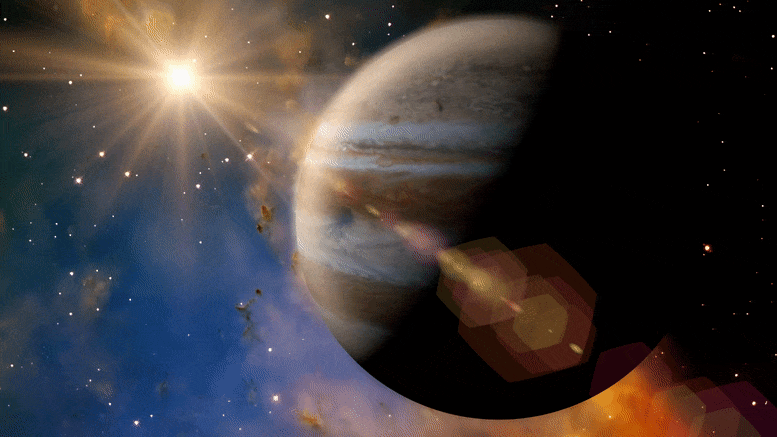The Bernese theoretical astrophysicist Kevin Heng has achieved a rare feat: On paper, he has derived novel solutions to an old mathematical problem needed to calculate light reflections from planets and moons. Now, data can be interpreted in a simple way to understand planetary atmospheres, for example. The new formulae will likely be incorporated into future textbooks.
For millennia, humanity has observed the changing phases of the Moon. The rise and fall of sunlight reflected off the Moon, as it presents its different faces to us, is known as a “phase curve.” Measuring phase curves of the Moon and Solar System planets is an ancient branch of astronomy that goes back at least a century. The shapes of these phase curves encode information on the surfaces and atmospheres of these celestial bodies. In modern times, astronomers have measured the phase curves of exoplanets using space telescopes such as Hubble, Spitzer, TESS
Launched on April 18 2018, aboard a SpaceX Falcon 9 rocket, NASA’s Transiting Exoplanet Survey Satellite (TESS) is a mission to search nearby stars for undiscovered worlds with a gold of discovering thousands of exoplanets around nearby bright stars.
